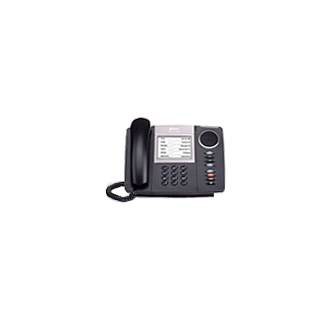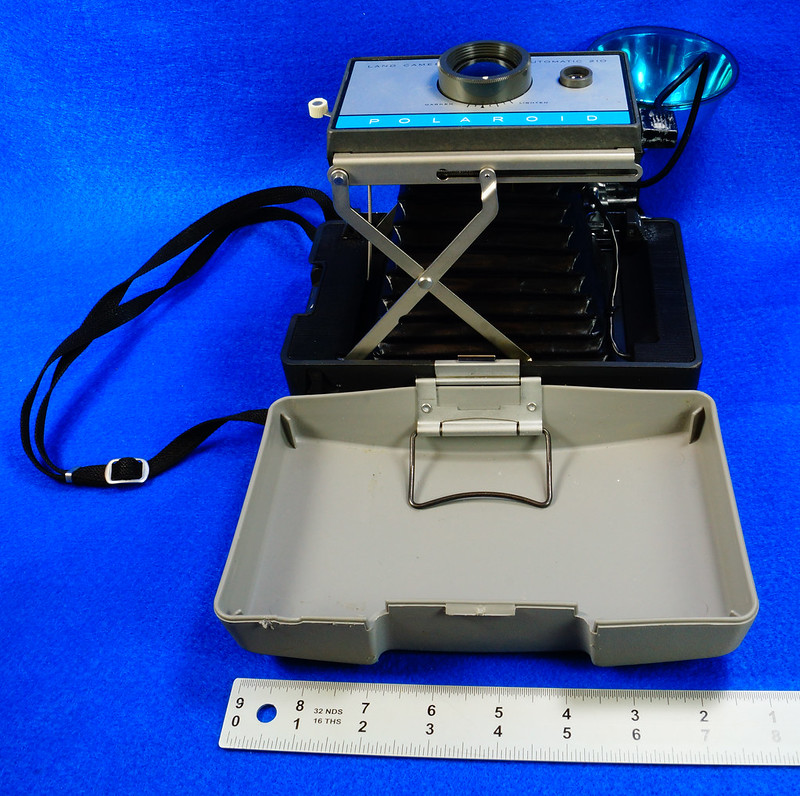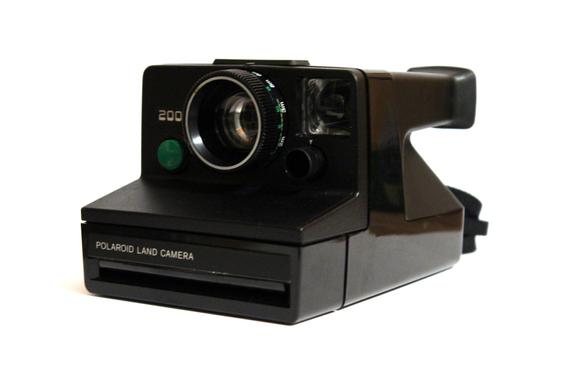Samsung jm57c manual download windows 10. Polaroid One-Step SX-70
Polaroid Film For Land Camera
We can directly use technical cookies, but you have the right to choose whether or not to enable statistical and profiling cookies.
Users manual for toshiba model sd-v280ua tv. Enabling these cookies, you help us to offer you a better experience. On this website we use first or third-party tools that store small files ( cookie) on your device. Cookies are normally used to allow the site to run properly ( technical cookies), to generate navigation usage reports ( statistics cookies) and to suitable advertise our services/products ( profiling cookies).
Polaroid One Step Sonar
many languages
Polaroid Model 20 - Swinger
Adobe X+
Polaroid Big Swinger 3000
Polaroid Automatic 100
Donated to site | Polaroid Automatic 101 - B&W
Donated to site | Polaroid Automatic 103 |
| Polaroid Automatic 104 | Polaroid 125
Borrowed the manual | Polaroid 135
Borrowed the manual |
Most 100 - 200 models had the same last pages. Please check out the Model 250 part 2
Polaroid 210
Borrowed the manual | Polaroid 215
Borrowed the manual |
Polaroid 225
Borrowed the manual | Polaroid 230
Borrowed the manual |
Polaroid 240
Borrowed the manual | CLICK HERE TO CONTINUE TO
250 Automatic Land PDF MANUAL
Also contains the 'extra pages'
I did not scan on the other manuals. | Polaroid 315
Borrowed the
manual |
Polaroid 340
Borrowed the
manual |
Polaroid 440 / 450
Borrowed the manual |
Polaroid 420 / 430
Borrowed the manual |
A lot of the Polaroid models had the same ending pages.
Please check Model 250 section 2
Polaroid Land Camera 2000 User Manual Youtube
Polaroid Countdown 70
Borrowed the manual | Polaroid Countdown 90
Borrowed the manual |
Polaroid GelCam
GelCam Languages
Polaroid Land Camera 2000 Film
Polaroid Land Camera Model 95, the first commercially available instant camera
The Land Camera is a model of self-developing film camera manufactured by Polaroid between 1948 and 1983. It is named after their inventor, Edwin Land, who developed a process for self-developing photography between 1943 and 1947.[1] After Edwin Land's retirement from Polaroid, the name 'Land' was dropped from the camera name.[2] The first commercially available model was the Model 95,[3] which produced sepia-colored prints in about 1 minute.[4] It was first sold to the public on November 26, 1948.[5]
Film[edit]
A Polaroid SX-70 camera, manufactured between 1972 and 1981
The photography developing process, invented by Polaroid founder Edwin Land, employs diffusion transfer to move the dyes from the negative to the positive via a reagent. A negative sheet was exposed inside the camera, then lined up with a positive sheet and squeezed through a set of rollers which spread a reagent between the two layers, creating a developing film 'sandwich'. The negative developed quickly, after which some of the unexposed silver halide grains (and the latent image it contained) were solubilized by the reagent and transferred by diffusion from the negative to the positive. After a minute, the back of the camera was opened and the negative peeled away to reveal the print.
In 1963, Land introduced Polacolor pack film, which made instant color photographs possible. This process involved pulling two tabs from the camera, the second which pulled the film sandwich through the rollers to develop out of the camera. The instant color process is much more complex, involving a negative which contains three layers of emulsion sensitive to blue, green, and red. Underneath each layer are dye developing molecules in their complementary colors of yellow, magenta, and cyan. When light strikes an emulsion layer, it blocks the complementary dye below it. For instance, when blue strikes the blue sensitive emulsion layer, it blocks the yellow dye, but allows the magenta and cyan dyes to transfer to the positive, which combine to create blue. When green and red (yellow) strikes their respective layers, it blocks the complementary dyes of magenta and cyan below them, allowing only yellow dye to transfer to the positive.
In 1972, integral film was introduced which did not require the user to time the development or peel apart the negative from the positive. This process was similar to Polacolor film with added timing and receiving layers. The film itself integrates all the layers to expose, develop, and fix the photo into a plastic envelope commonly associated with a Polaroid photo. The Polaroid SX-70 was the first camera to use this film.
Improvements in SX-70 film led to the higher speed 600 series film, then to different formats such as 500 series (captiva), and spectra.
Cameras[edit]
Polaroid Land Camera 2000 User Manual Instructions
A Highlander rollfilm camera made from 1957 to 1959.
Roll film[edit]
The original cameras folded into the body and used bellows to protect the light path. The film was put on two spools, one with the negative roll, and one with the positive paper and reagent pods. The film developed inside the camera. The exception to this is the Polaroid Swinger, a hard bodied roll film camera whose film was pulled out of the camera body to develop outside the camera. The film for rollfilm cameras was discontinued in 1992.
100 Series Pack cameras[edit]
These cameras were developed after the rollfilm models and were designed to use the newly developed 100 series pack film. As with the Swinger the film sandwich was pulled out of the camera to develop outside of the camera, but instead of two separate rolls the film was built into a compact easy loading film pack which contained 8 exposures. Hard body plastic models were marketed later a low cost alternative to the more expensive models with bellows.
There are four generations of folding colorpack cameras: the 100, the 200, the 300, and 400 series. Polaroid announced in 2008 the discontinuation of all of its film by 2009, and Fujifilm stopped producing pack film in 2016. Polaroid Originals manufactures and sells Polaroid integrative type film for 600/SX-70/Spectra Image cameras.
Meanwhile, Bob Crowley, New55, the investor David Bohnett and Florian Kaps, known as the founder of Impossible Project (now Polaroid Originals), managed to produce packfilm for the folding colourpack cameras under the label New55. New55 FILM ended operations on December 31, 2017.[6]
See also[edit]
References[edit]
| Wikimedia Commons has media related to Polaroid cameras. |
- ^Bonanos, Christopher. Instant : the story of Polaroid. Princeton Architectural Press. pp. 32–37. ISBN978-1-61689-085-8.
- ^A Polaroid history timeline
- ^Polaroid cameras and photography
- ^Talktalk article on 'Polaroid Camera'
- ^Bonanos. Instant : the story of Polaroid. p. 42.
- ^http://www.new55.net/#
Retrieved from 'https://en.wikipedia.org/w/index.php?title=Land_Camera&oldid=925442381'



